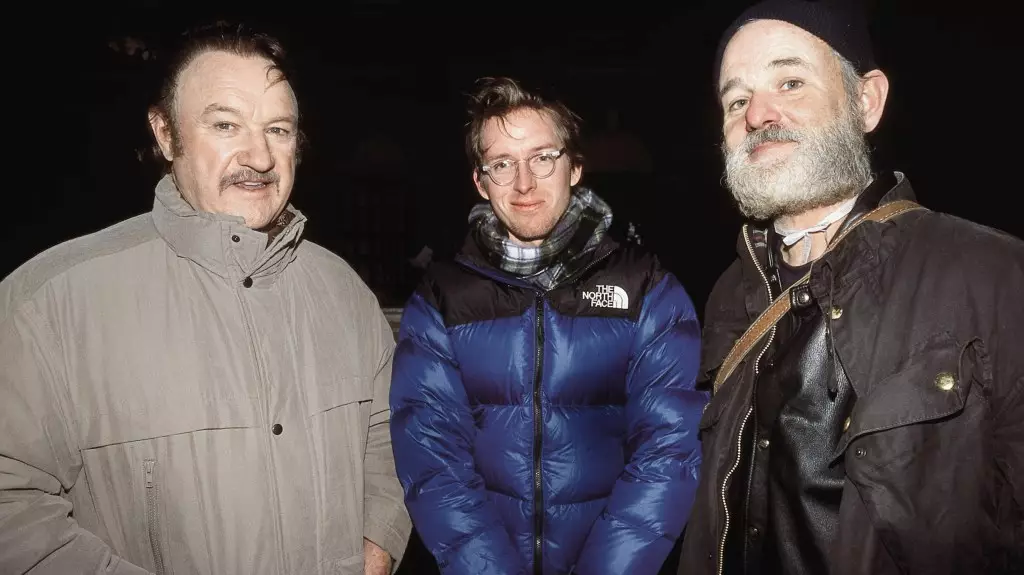Wes Anderson, the celebrated auteur behind such iconic films as “Rushmore” and “The Royal Tenenbaums,” continues to impress audiences and critics alike with his distinctive visual style and narrative aesthetic. As he prepares for the Cannes premiere of his latest film, “The Phoenician Scheme,” Anderson sheds light on his unique approach to filmmaking—particularly regarding budgeting and elaborate set designs. The director’s insistence on maintaining a flat-fee salary structure for his cast demonstrates his commitment to egalitarianism in the industry, but it also reveals an intricate dance between his creative vision and the practical constraints of budgetary limitations.
Anderson’s philosophy emerged during the production of “Rushmore,” where he experienced firsthand the nuances of collaboration and negotiation with actors. This flat-fee system, which he employed uniformly across the cast, came under scrutiny from the late Gene Hackman, a seasoned actor who found himself at odds with this methodology. Hackman’s resistance serves as an example of the generational divide in Hollywood, where established stars often expect higher compensation and greater creative freedom vis-a-vis burgeoning filmmakers. This friction illustrates not just the tension of talent but also the challenges faced by directors who aim to innovate while adhering to traditional industry standards.
The Complexity of Relationships
The dynamics of on-set relationships play a significant role in Anderson’s storytelling. His recollections of working with Hackman reveal a complex interplay of respect, misunderstanding, and ultimately, regret. Hackman, undoubtedly a titan of his craft, found Anderson’s youthful enthusiasm somewhat grating, which resulted in a disconnect on set. The filmmaker’s candid admission that they did not maintain communication after filming speaks volumes about the often transient nature of such professional relationships. In an industry that thrives on collaboration, these chronicles remind us that the nuances of human connection are as intricate as the films themselves.
Adding another layer to this narrative is Bill Murray’s insight into Hackman’s character. As a frequent collaborator with Anderson, Murray highlights the daunting nature of working with veteran actors who possess a wealth of experience. Hackman’s reluctance to play nice was not merely a quirk of personality; it encapsulated the difficulties that budding filmmakers face when translating their vision to seasoned professionals. This acknowledgment from both actors underscores the challenges Anderson masterfully navigates to create his cinematic worlds.
Reflecting on the Art of Storytelling
As Anderson continues to refine his craft, he remains dedicated to the intricate storytelling and elaborate designs that have become his trademark. His comments about Hackman’s struggles to understand “The Royal Tenenbaums” during filming are telling; they suggest that the director’s artistic choices, sometimes avant-garde and surreal, may not always align with traditional expectations. Reflecting on his practice, Anderson’s wish that he had previewed early footage to Hackman indicates a desire for clarity and connection that transcends the script itself.
Ultimately, Anderson’s journey is one of resilience and creativity, navigating the fiscal realities of filmmaking while simultaneously crafting richly layered narratives. With “The Phoenician Scheme,” audiences can expect not just another Wes Anderson film, but an invitation into an intricately designed world formed through the lens of collaboration and tempered expectations. The story of Anderson’s experiences with his cast paints a larger picture of the complexities inherent in artistic collaboration, illuminating the delicate balance between artistic vision and practical execution.

